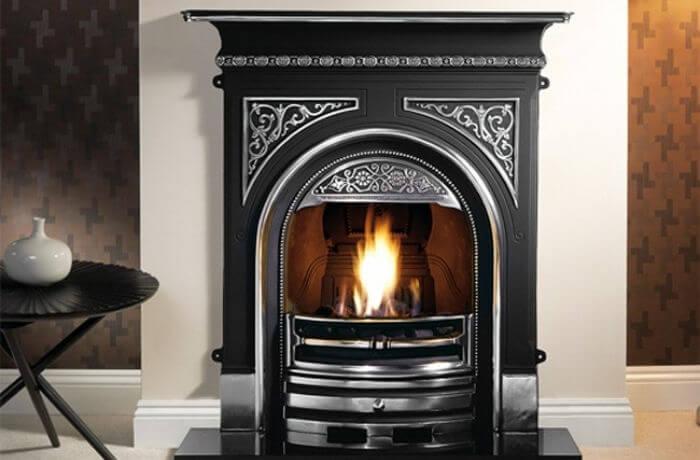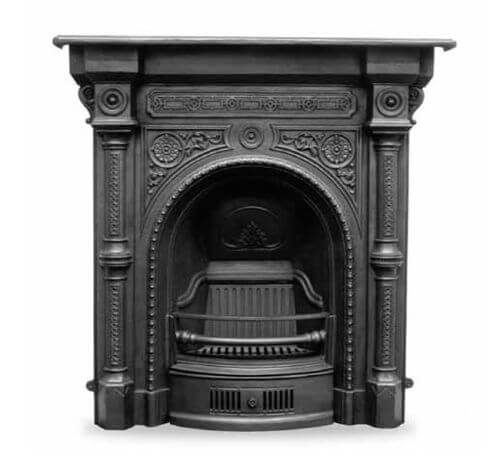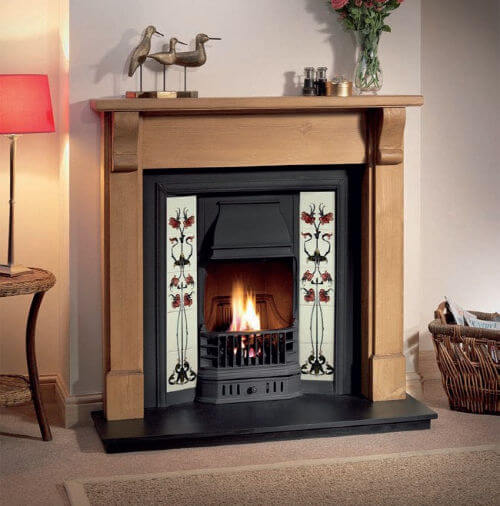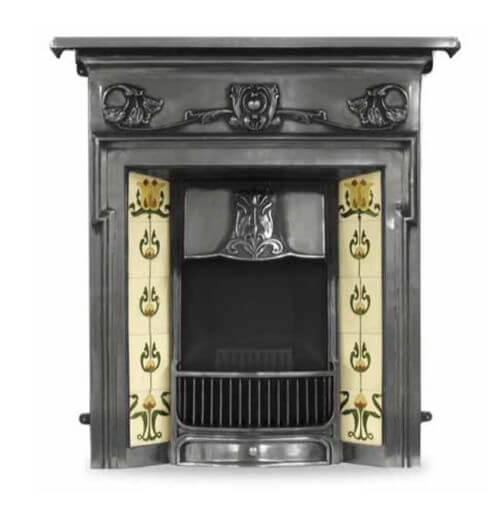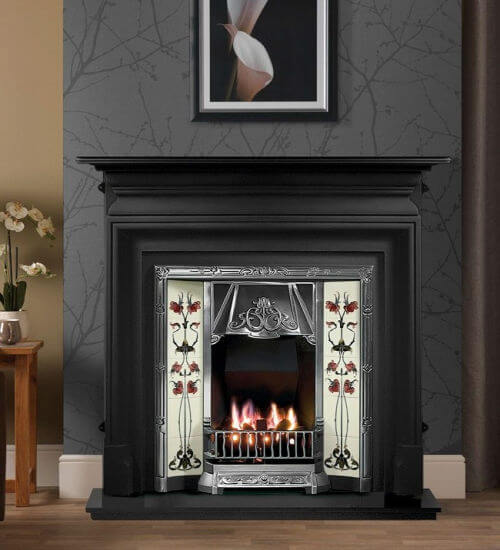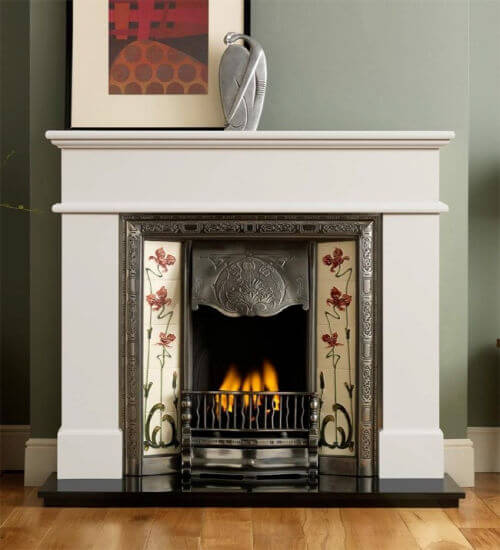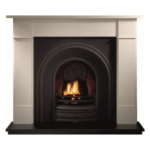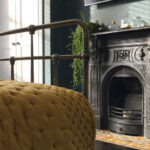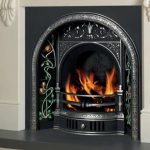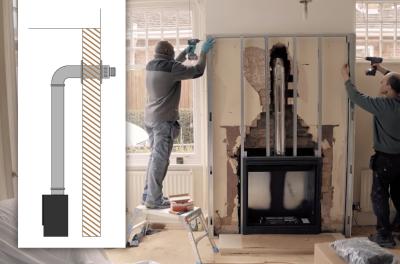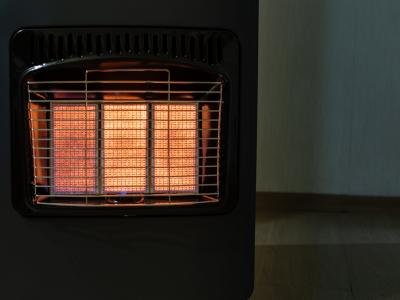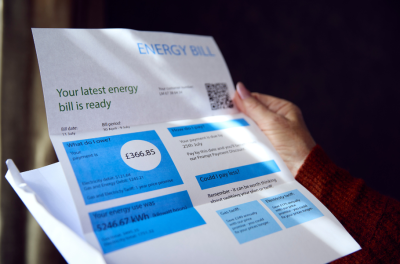We use cookies to improve your experience and our business. See our privacy/cookie policy or continue browsing to accept our use of cookies. View our cookie policy.
How to Restore a Cast Iron Fireplace
When it comes to restoring an old cast iron fireplace, there are a number of obstacles you might find in your way. From rust and old paint to cracks and broken parts, you’ll need to make sure you clean and care for it properly to ensure your restoration goes smoothly.
So, where do you start? We’ve put together a complete guide to restoring a cast iron fireplace, with tips on how to address each issue you might come across.
Read on to find out more!
How to Restore a Cast Iron Fireplace
To restore a cast iron fireplace, you will need to follow these steps:
- Clean away any rust on the surface
- Strip away old layers of paint
- Repair any cracks by professional welding
- Re-paint or polish as desired
Click to skip to which one is relevant to you, or read the full guide below.
How to clean a rusty cast iron fireplace
Cast iron fireplaces have one enemy that you always need to be on guard for - rust!
Rust is one of the biggest concerns when it comes to restoring a cast iron fireplace. If any moisture comes into contact with the metal surface, unsightly rust can quickly develop that can really spoil the look of your fireplace if you don’t correct it.
Luckily, cast iron is incredibly durable. With the right care and attention, you can easily clean rust away from your fireplace and get it looking as good as new.
To clean rust from your cast iron fireplace, you will need to gather the following materials and tools:
- Protective gloves and mask
- White vinegar or rust remover
- Medium grit sanding paper
- Steel wool
If you only have small spots of rust showing, you might not need the entire list. Start by simply soaking your cleaning cloth in some white vinegar or rust remover and rubbing away at the areas of concern. In some cases, this alone can be enough to remove the rust and reveal the original cast iron below.
If your rust is tougher than this, you will need to enlist the help of your sandpaper or steel wool. Using circular motions, buff away at the rust, wiping occasionally with your white vinegar-soaked cloth to check what it looks like. To get into nooks and crannies, a wire brush can also help. Be careful not to over-sand spots and leave noticeable patches in the surface.
Once you have finished removing the rust from the fireplace, use a cloth dampened with water to cleanse away the traces of vinegar. Then dry it thoroughly with a towel to ensure no moisture is left on the surface - or that rust will be back with a vengeance!
Finally, it’s important to add a protective layer to your cast iron fireplace to keep rust from developing in the future as a result of moisture and humidity. You can apply a rust-proof metal paint and primer, or if you’d rather a more authentic restoration, a black grate polish.
Stripping paint from a cast iron fireplace
When restoring a cast iron fireplace there is often a second barrier in your way - paint.
Whether it is an accidental spillage or a misguided makeover, all is not lost if you are faced with an unwanted layer of paint over your cast iron fireplace.
Again, you will need to get hold of some materials, including:
- Protective dust sheet for your carpet
- Gloves and a mask
- Paint stripper and brush
- Plastic scraper
- Cleaning cloths
- Sandpaper or steel wool
- White spirit
- Towel
Before you start stripping paint from your cast iron fireplace, consider the scale of the job. If you are looking at multiple layers of paint built up over the years, this restoration is going to take some serious elbow grease! Similarly, if there are a lot of intricate details in the cast iron, you might find it fiddly to get the paint off.
If you think the DIY restoration work is going to be too much, you can look into carefully removing the fireplace and getting it professionally sandblasted. This is the most effective way of stripping paint from cast iron, but it will cost you more.
So, if you want to try stripping the paint and restoring your fireplace yourself, follow these steps…
- Lay out your protective sheets and put on your mask and gloves.
- Apply a layer of your paint stripper according to the package instructions. Check it is suitable for use with cast iron first.
- Wait for the paint stripper to work - read the instructions to find out how long this should be.
- Once the paint stripper has done its job, get to work on scraping the paint away.
- Wipe the paint stripper away with white spirit.
- If any paint still remains, repeat this process until it is completely removed.
- Use your sandpaper or steel wool to get into corners and details, being careful not to damage the surface
- Wipe the restored cast iron with a damp cloth, dry thoroughly and repaint or polish as you wish
It is important to wear a mask and keep the area well ventilated as you do this in case the paint contains lead.
If you are going to repaint your cast iron fireplace, you might not need to remove every trace of paint, but just enough to even out the surface and sharpen up the details.
Repainting a cast iron fireplace
You don’t have to restore your fireplace all the way back to its original appearance. If you wish, you can repaint your cast iron fireplace once you have thoroughly cleaned it and removed traces of rust or old paint.
With your bare cast iron fire dry and ready to be painted, you will first need to prime it. An oil-based metal primer not only provides a surface for your paint to bond to, but also seals the cast iron to prevent it from rusting. The best paint to use on cast iron is one with an oil base that blocks out moisture. There are paints designed specifically for use on metal which should be suitable.
You can find oil-based spray paint to paint your cast iron fireplace with, too. Oil-based paint can be difficult to apply and takes a long time to dry, so this might make your fireplace restoration a little easier.
Cracks in a cast iron fireplace
Finally, when restoring your cast iron fireplace you might also come across some cracks in the surface.
Cracks in a cast iron fireplace often need a professional welder to fix them. Cast iron doesn’t respond well to sudden high temperatures, so will need to be heated up carefully before it is welded back together and allowed to cool down gradually. This isn’t something you can do at home, so it's best to get a skilled craftsman to do it to avoid causing any further damage.
Restoring a Victorian Fireplace to Former Glory
When it comes to restoring a cast iron fireplace, sometimes it might need more than just a little facelift - you might want to make a few changes to fully restore it to glory.
If your cast iron fire surround is beyond repair, or you want to give it a more thorough refresh - it might be that you want to replace it completely. It doesn’t have to be cast iron, either. Wooden fire surrounds, agean limestone fire surrounds and marble fire surrounds are all ideal for restoring a Victorian fireplace.
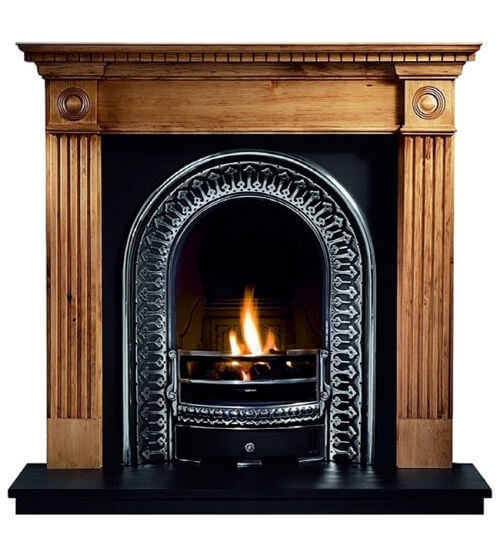
Pictured: Gallery Roundel Wooden Fire Surround
It is also possible to replace your cast iron fireplace tiles, which can also give your restoration a boost, or find replacement cast iron fireplace inserts and cast iron fireplace combinations.
Looking for more fireplaces? Shop our full range online now at Direct Fireplaces to find excellent prices with free delivery available.
Shop Cast Iron Fire Surrounds Now
Keep reading on the Direct Fireplaces blog…
A Guide to Getting the Perfect Period Fireplace in Your Home | The Best Traditional Fireplace Ideas | How to Remove an Old Fireplace Surround and Fit a New One
[related_products is_auto_added="1"]direct fireplaces
Latest posts by direct fireplaces (see all)
- Which Electric Fireplace Gives the Most Heat? - February 5, 2021
- Retro Fires and Retro Stoves for the Home - January 22, 2021
- Do I Need a Fireplace in My New Home? - January 20, 2021

